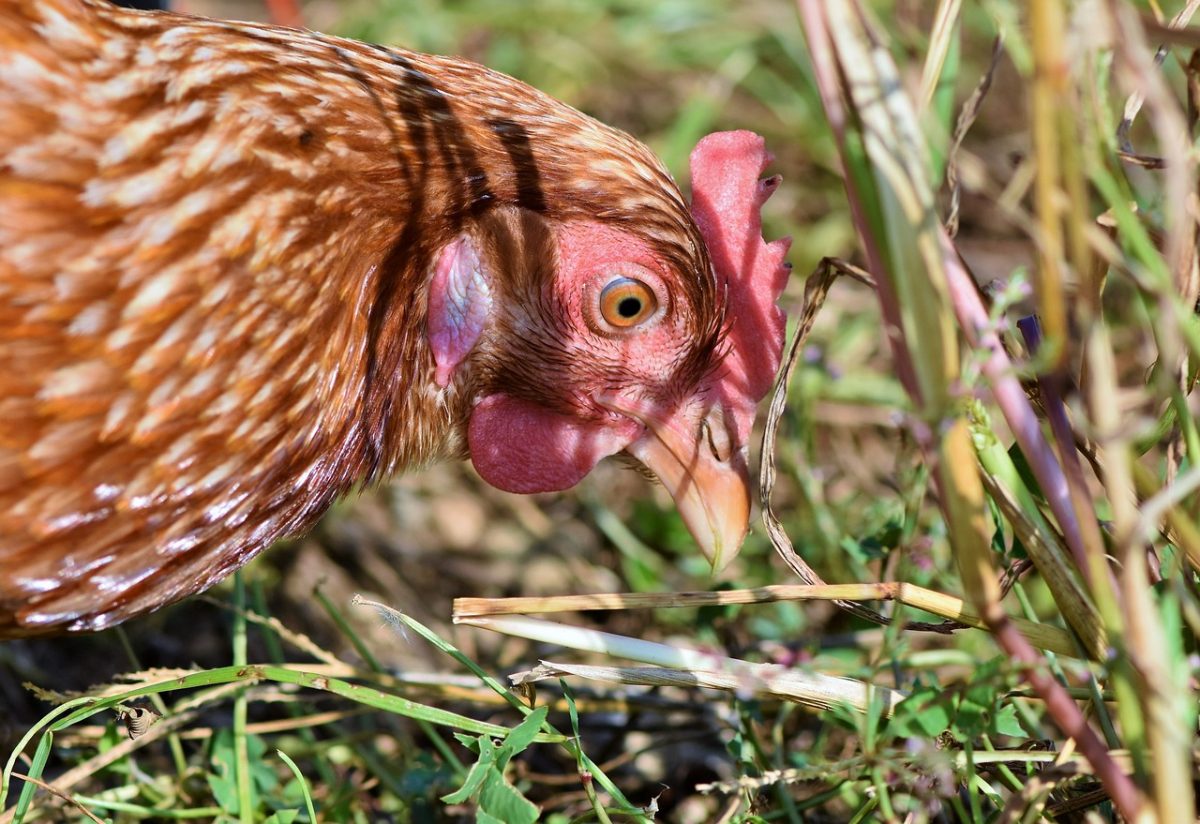Avian Influenza, also known as the “bird flu,” is a type A virus that has affected many aquatic and domestic species of birds. Some of the birds most affected are domestic birds such as chickens, ducks, and turkeys, as well as more water birds and shore birds like storks and swans. The bird flu isn’t only limited to these birds. It has spread to many species of wild birds as well.
There are two classifications of bird flu. There is the Low Pathogenicity Avian Influenza (LPAI) and the High Pathogenicity Avian Influenza (HPAI). When comparing the two types of bird flu, studies have found that the symptoms of LPAI tend to be milder and less harmful than those of HPAI.
As the bird flu spreads, it has a large impact on poultry populations, therefore affecting American citizens. With more farm birds dying, the production of foods such as chicken and turkey has been negatively affected. In order to make up for this loss in profit, companies are forced to raise prices. The bird flu also affects the egg industry. With more hens dying from bird flu, the egg-laying industry is also affected. With less eggs available for consumption, farms are being forced to increase prices.
In addition to poultry, the bird flu has managed to make its way to other animals as well. One of these animals is the common dairy cow. As of March 25th, the U.S. The Department of Agriculture had declared official cases of dairy cows having been affected by bird flu. Many of these cases were found in Kansas and Texas. Since then, the bird flu has been found in these dairy cows in a total of six states. Within these states health officials found that sixteen herds of dairy cows had been found carrying bird flu.












